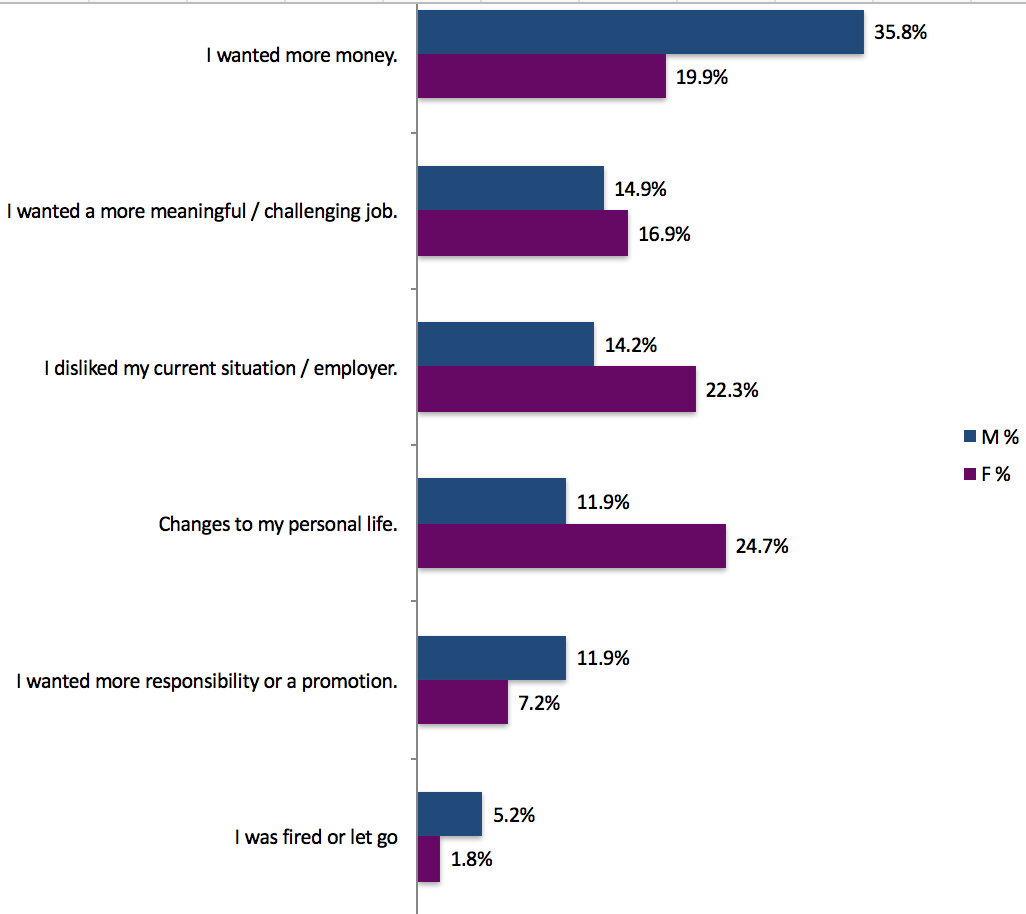It’s been 25 years since John Gray published the now famous — or maybe infamous — treatise on gender relationships, “Men are from Mars, Women are from Venus.” Gray’s thesis was that for cooperation to flourish in romantic relationships, both sexes must acknowledge that our hormonal makeup causes women and men to approach collaboration, problem-solving, and communication differently.
While some things have improved for women in the workplace since Gray’s book was released in 1992, growth in the percentage of women in the workforce and in leadership roles has stagnated for the most part.
On the bright side, in 2017 workplace gender diversity is more topical than ever. Companies have realized that the skills women generally bring to the table — such as empathy, collaboration, and managing others — are increasingly required for success, particularly as technology changes our work landscape.
Attracting more female employees — particularly to leadership roles — is a key priority for many companies today. And in order to do so, companies may need to think differently about their recruiting and employer branding approach.
Recently, we conducted a study to understand how women and men approach job-seeking differently. Our findings helped give a clear framework to a persistent problem: while the primary driver for men in the workplace is often salary, women have a much more nuanced set of reasons for working.
What Is the No. 1 thing You Could Not Sacrifice in Your Job Search?

This is not to say that salary is not hugely important to women, and especially not to say that they should be paid less for their work (although it may in some ways explain why they often are). Compensation still ranks as one of the most important elements that a woman is looking for in a job. But as Gray has shown, women are natural multitaskers; hence, as they evaluate their job satisfaction on a daily basis, they are considering not only, “is this job the very best for me?” but also, “is it the very best situation for my family? Is it helping me contribute to my community? Is it allowing me to pursue outside interests?”
Since women and men are coming to work for different reasons, it hardly makes sense to take a “one size fits all” to how to think about attracting and retaining the best female talent. That uniform approach may be the main cause that many women leave their job because they are dissatisfied with their circumstances:
The Last Time You Left a Job, What Was Your No. 1 Reason for Leaving?
 In the future, recruiters that want to attract the best female talent need to think about why women are changing jobs, and what elements they are looking for in their next role. Just as in consumer marketing, the value proposition of the job will need to take the most vital needs of the target in mind — and those may well not be the same as would matter to a man.
In the future, recruiters that want to attract the best female talent need to think about why women are changing jobs, and what elements they are looking for in their next role. Just as in consumer marketing, the value proposition of the job will need to take the most vital needs of the target in mind — and those may well not be the same as would matter to a man.
